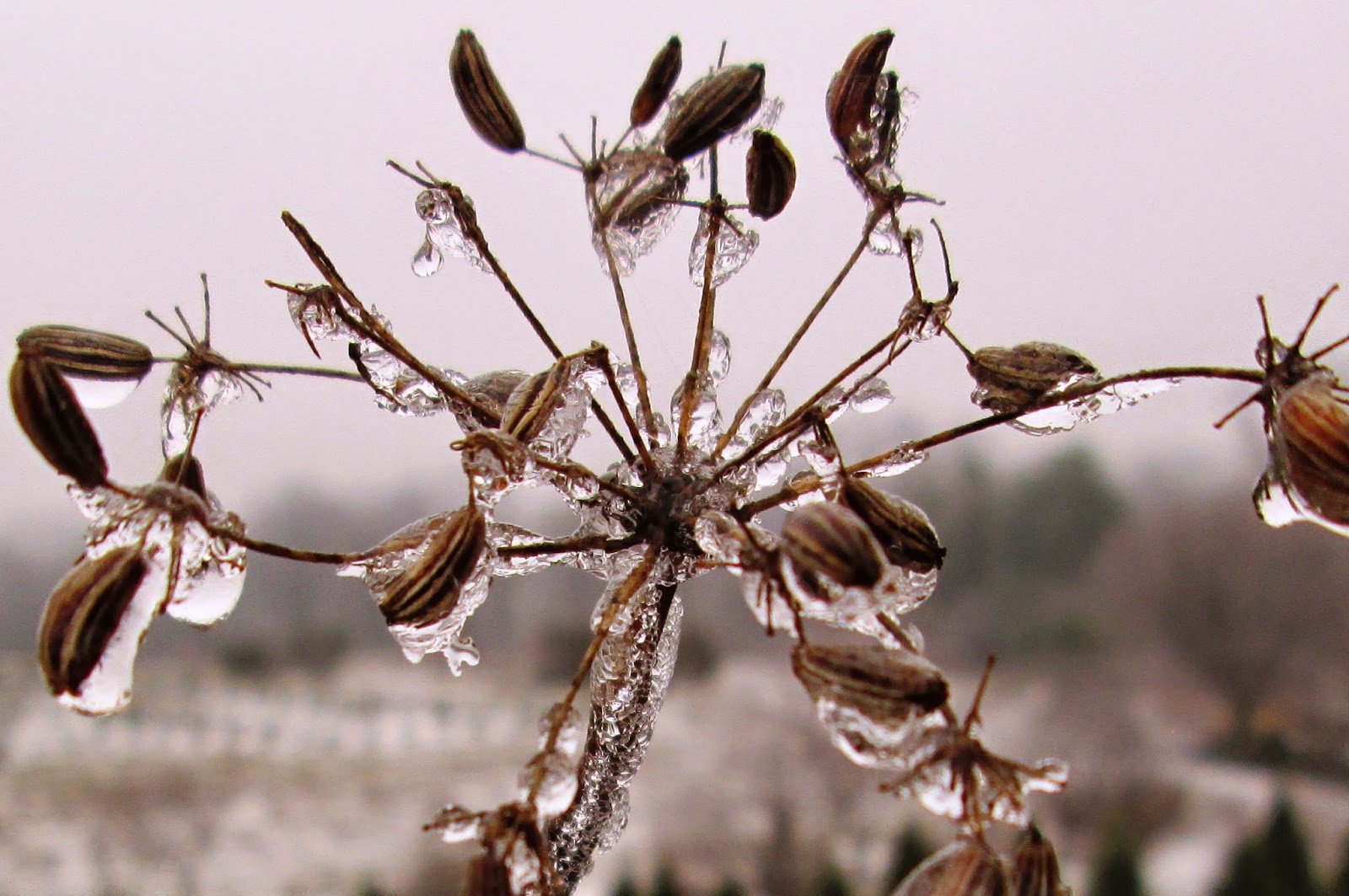And so today, there was another instance of this strange occurrence, but this time, it is me experiencing the transformation of taste.
This past month has held more illness for me than any 5 year period in my recollection. The final insult has been an upper respiratory thing that I probably picked up at the trade show we did. I was very good about washing hands and taking elderberry, but slacked off on the syrup when we got home. Too soon. I missed the window, and that bug caught me, but good. The air is too dry, and it's difficult to stay hydrated enough, I think.
Elderberry didn't do it. Fire cider didn't do it.
Eating raw garlic kept it from getting worse, but hasn't been enough to kick it to the curb (although it has kept everyone else from getting too close to me).
So today, with the vice gripping my lungs and the hacking cough starting to cause real muscular pain, it was time to pull out the big guns. The ones I really don't like the taste of. Sigh...
I filled a pot with water and added:
osha root
elecampane root
slippery elm bark
wild cherry bark
reishi mushroom
horehound herb
and toward the end of simmering, mullein leaf.
 |
| The contents of the strainer will be returned to the pot with the rest, and used again. |
 |
| This is a deep, dark brew. |
But not only did I like it, I went back for more! I can take a few deep breaths, and that's a great improvement. I'll add more water and keep drinking this all day long. I don't know that it will *cure* this bug, but it is helping. A lot.
If this thing has a hold of you, try some of these barks and roots if you have them. Some or all - or add others that make sense to you. Even hot liquids will give you some relief, and hydrate, hydrate, hydrate!



















